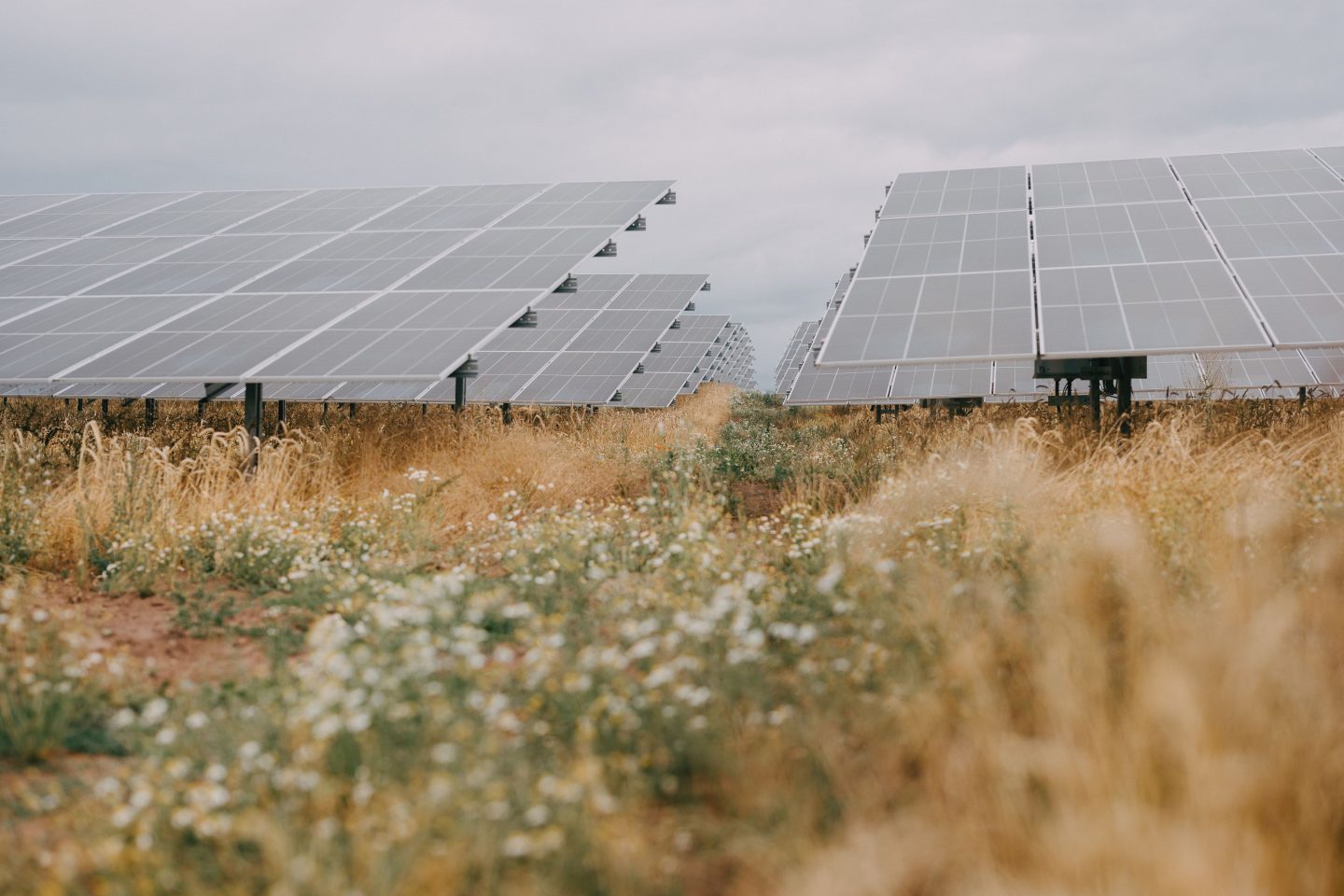
Photovoltaics protect the climate and are today by far the cheapest form of electricity generation – and is even ahead of nuclear electricity and of coal electricity. This means that the demand for PV systems will increase sharply worldwide in the coming years. The European Union has set itself ambitious targets: by 2030, photovoltaic systems with at least 600 gigawatts (GW) should be in operation on the continent. To do this, however, the pace of expansion has to increase significantly – to 60 GW per year, which is more than double today’s figure. Germany alone wants to achieve an annual increase of 22 GW from 2026, which is three times the expansion rate of 2022. This requires a lot of effort, but above all it requires companies that can execute large solar projects quickly and reliably within a defined cost framework.
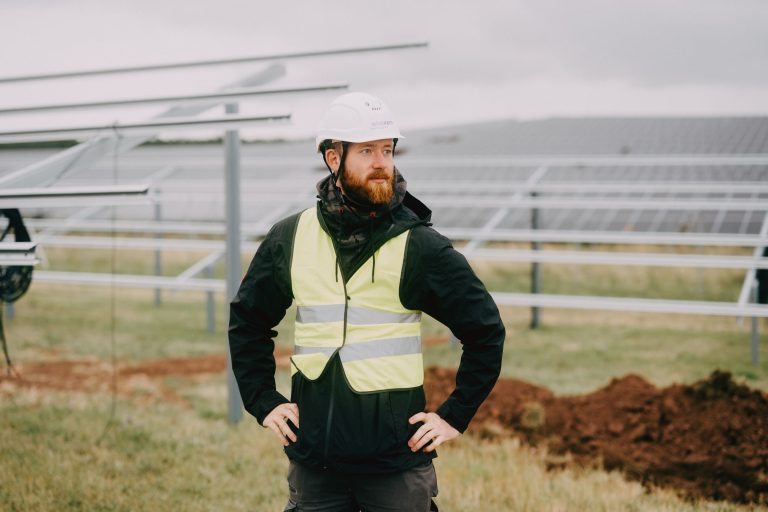
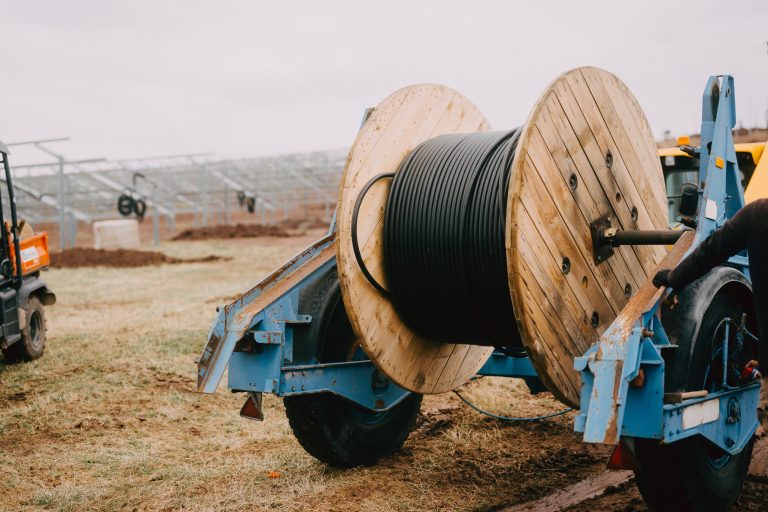
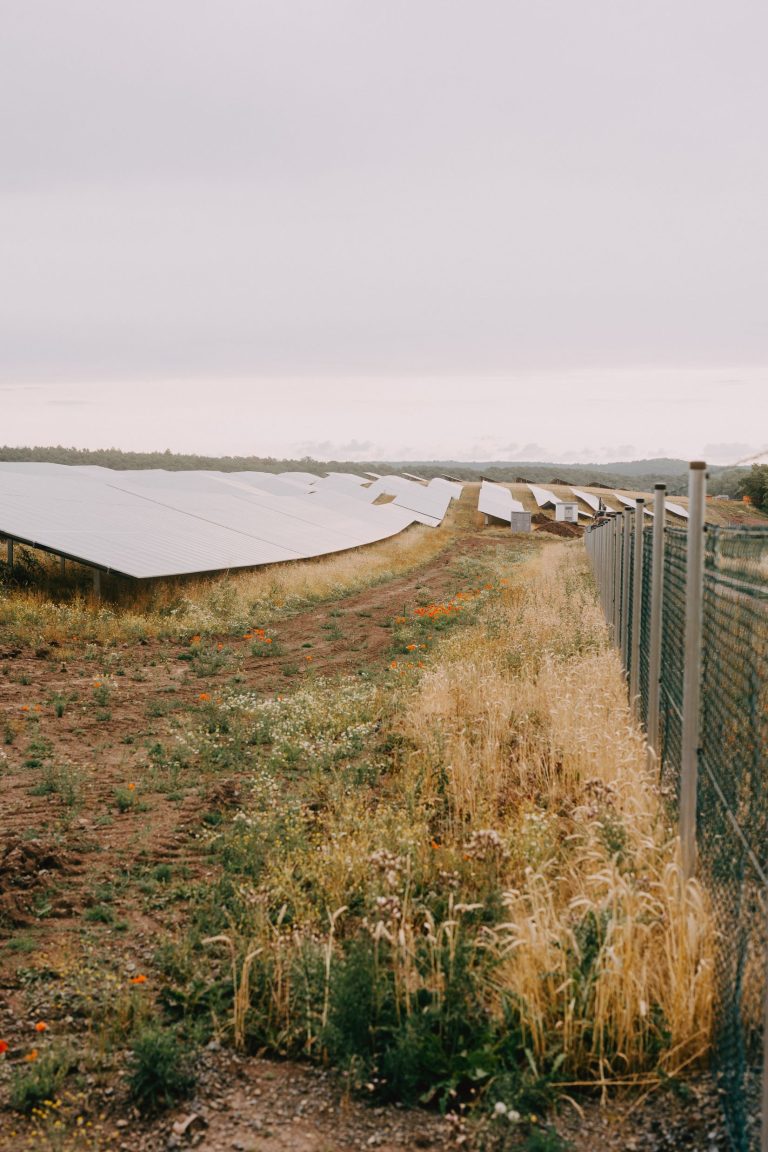
Citizen solar park for the supply and participation of private households
One company that has made a name for itself here in recent years is MaxSolar. It is one of the leading providers of integrated, innovative energy solutions for companies and municipalities. The Traunstein-based company was founded in 2009 and now employs more than 170 people in five locations in Germany. MaxSolar plans, builds, and operates photovoltaic systems, energy storage, charging infrastructure as well as wind and heating solutions, which create integrated systems with a modular concept. More than 6.5 GW are currently in the project pipeline at various stages of development.
The projects MaxSolar is building are not only increasing in number, but they are also getting bigger. A new citizen solar park, which is currently under construction in Bundorf in Lower France is due to go into operation in the autumn of 2023, produces at its peak 125 megawatts, which is enough to supply 37,500 households. It is called a “citizen” solar park because citizens can participate in the energy cooperative Inn-Salzach eG. The EGIS eG is an association of citizens, municipalities and companies who are committed to implementing the energy turnaround by placing it in the hands of the citizens. The more than 1600 members are involved in environmentally friendly energy projects and 20 projects have already been implemented throughout Germany, mainly photovoltaic systems. For the past two years, the cooperative has also been operating district heating grids and electric charging stations – as is planned in Bundorf. Entry is possible at any time, with a deposit starting as little as 150 euros (plus 5 euros fee) per share. The members receive an annual dividend for this, which was 4.44% in the 2021 financial year. In order to raise the investment sum for the photovoltaic plant in Bundorf, the participation is not limited to citizens from the region around Bundorf, as anyone can participate. In addition to secure income, the participants receive the certainty of doing something for a clean energy supply and for the protection of the climate.
Reliable partnerships for ambitious projects
For a project of this size, MaxSolar needs reliable partners who can deliver components in good quality and in large quantities on time. The company relies on LAPP for its connection solutions. For the project in Bundorf, the global market leader for integrated solutions in the field of cable and connection technology is supplying approx. 38 kilometres of low-voltage aluminium cables of type NAYY-O 1×300 RM 0.6/1kV. In addition, approximately 160 kilometres of NA2XS (F) 2Y 1X630 RM/35 18/30kV medium-voltage aluminium cables with a cross-section of 630 mm2 for connection to the electricity grid.
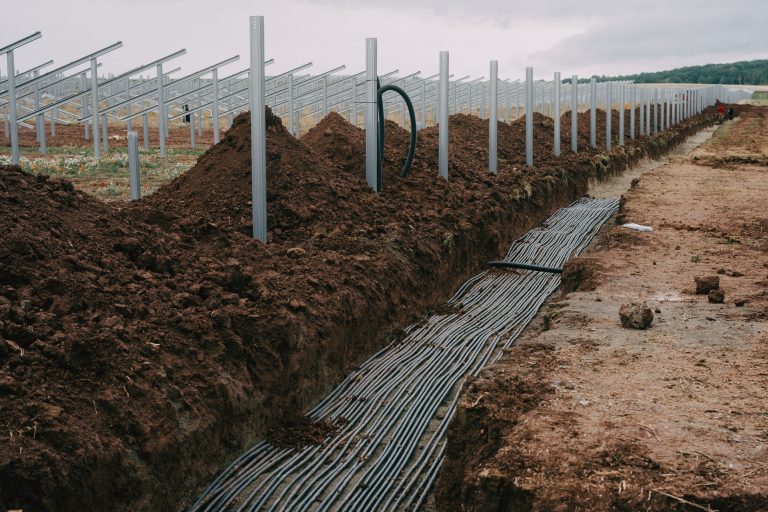
LAPP also helps customers to schedule deliveries to the construction site. This is done just-in-time, i.e. exactly when the cable is to be installed. Pure cable manufacturers, on the other hand, deliver the cable when it is finished in the factory. This can lead to ton-heavy cable drums just sitting around the construction site for weeks, taking up valuable space. LAPP benefits from its warehouses in Hanover and in Biskupice in Poland, from which large renewable energy projects are supplied. Common cable types – protected and insured – are in stock in sufficient quantities there. Short-term deliveries are also possible, as are partial deliveries on request. LAPP works together with the customer to ensure that a suitable crane for unloading is on site at the exact time – not too early or too late – so that deadlines are met and the high costs for the crane are minimised.
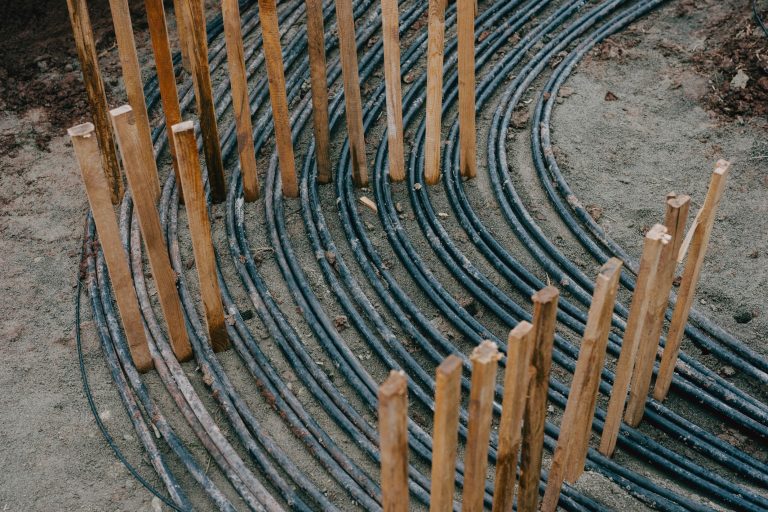
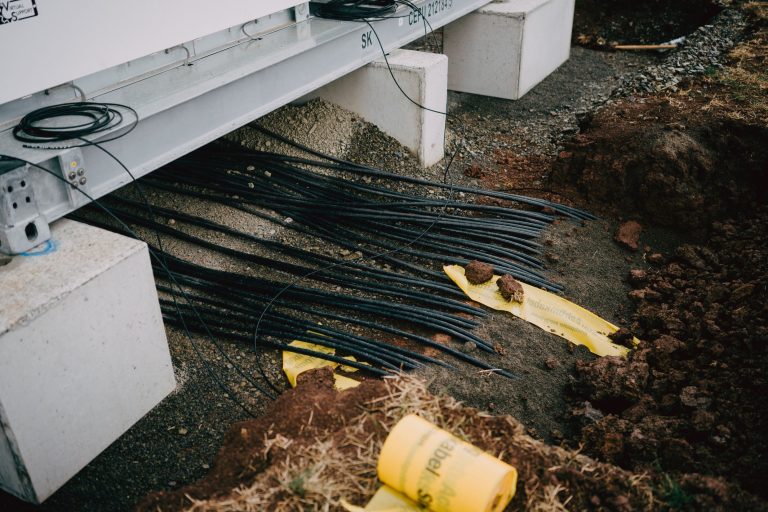
LAPP becomes a partner
This ability to deliver was an important reason for the award to LAPP for the project in Bundorf. The order was placed in July 2022 – with the first cables expected to be delivered as early as September. The 13-kilometre route of the medium-voltage cable from the solar park to the connection point to the electricity grid runs underground through a forest. If the delivery had been made later, the cable could not have been laid in case of ground frost.
In Bundorf, LAPP supplies the low- and medium-voltage cables, but not the DC solar cables for cabling the 250,000 solar modules. For this, MaxSolar relies on a company from a pre-existing framework contract with a competitor. However, this is going to change for future projects. MaxSolar has concluded a new framework contract for the supply of solar cables with LAPP. As in previous projects, LAPP will also supply fibre optic cables for communication to the system and accessories for laying the cable. “We appreciate the good and trusting cooperation with LAPP”, praises Thomas Borkenhagen, Team Leader for Technical Procurement at MaxSolar. Agreed delivery times are observed and the cable are in the defined variant and quality. “Thanks to our good experiences, we have steadily expanded our collaboration and we regularly use LAPP solutions in all areas of our photovoltaic parks.”
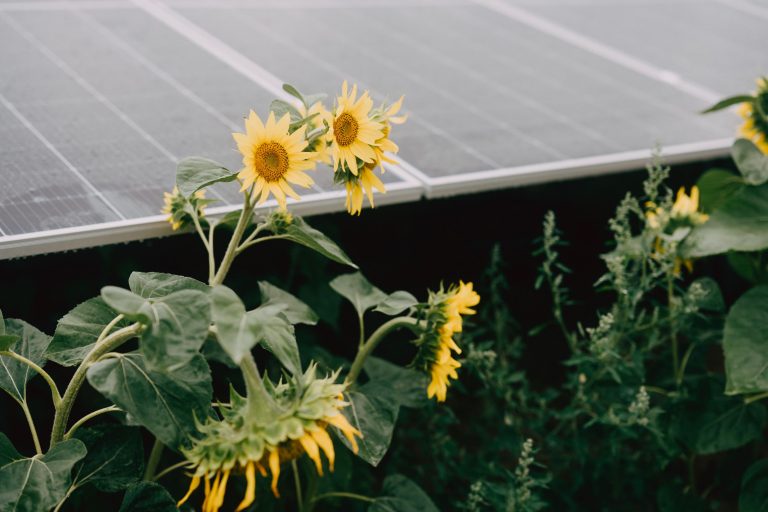
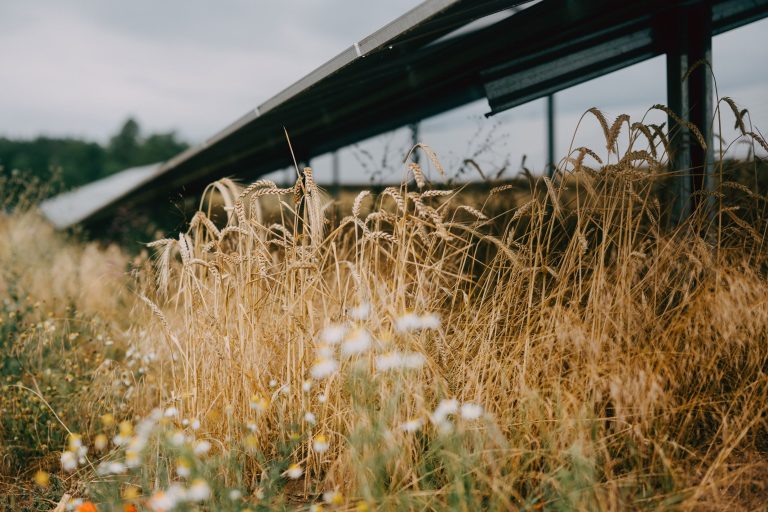
Solar parks: a paradise for plants and animals
A solar park protects the climate – but not necessarily the environment. The Bundesverband Neue Energiewirtschaft (bne) has therefore published a “Good Planning” checklist. The aim is to ensure that photovoltaic outdoor systems make a positive contribution to climate protection, biodiversity, nature and environmental protection, as well as to rural development. MaxSolar signed this self-insurance policy as one of the first companies.
In Bundorf, the company is combining various measures to optimally integrate the solar park into the landscape and create valuable habitats for plant and animal species. Here are three examples of how the planned outdoor photovoltaic system will be greened in a way that is compatible with nature and will increase biodiversity:
- Wildlife corridor: The solar park in Bundorf crosses natural wildlife trails. As such, the natural wildlife routes will be used to create a wildlife corridor through the Solar Park.
- Lean grass grasslands: Dry grasslands are a paradise for butterflies and bees, but are threatened with extinction because this type of grassland can hardly be used in agriculture. This is why many large solar parks are planting grasslands. Studies show that this increases biodiversity.
- Regional seeds: When greening its solar parks, MaxSolar relies on flowers and hedges that occur naturally in the region and can serve as a valuable source of food for animals. The flower meadows are also an eye-catcher with species such as the cornflower or the sheep’s bit.
